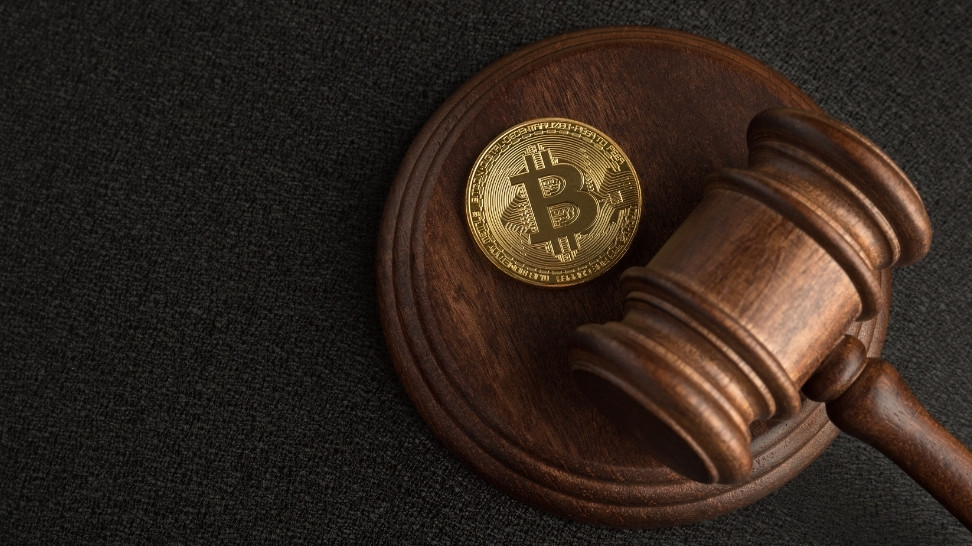NYDFS and Bank of England Unite to Harmonize Global Crypto Regulations
15.01.2025 22:00 1 min. read Kosta Gushterov
Regulators in New York and the United Kingdom are teaming up to tackle global cryptocurrency oversight.
The New York Department of Financial Services (NYDFS) and the Bank of England (BOE) revealed a new initiative, the Transatlantic Regulatory Exchange (TRE), on January 13, focusing on creating unified standards for digital asset regulation and payment systems.
The TRE program, which starts in February, introduces a staff exchange designed to foster international collaboration. Experts in digital payments, blockchain, and cryptocurrencies will work within each other’s organizations for at least six months, with extensions possible.
Participants aim to return with fresh perspectives to enhance their home institutions’ regulatory frameworks.
NYDFS Superintendent Adrienne Harris underscored the importance of building strong ties between New York and London to support innovation and protect consumers in a connected financial landscape. Sarah Breeden, BOE’s Deputy Governor for Financial Stability, praised the initiative as an opportunity to strengthen financial stability while advancing digital finance.
This partnership marks a significant step toward harmonizing crypto regulations globally, as both institutions pool expertise to address the complexities of the digital economy.
-
1
Germany’s Largest Banking Group Sparkassen to Offer Crypto Trading by 2026
01.07.2025 8:00 2 min. read -
2
U.S. Supreme Court Backs IRS Access to Crypto Exchange Data
01.07.2025 17:00 2 min. read -
3
SEC Chairman With Important Comments on Regulation, Crypto, and Trading
03.07.2025 8:30 2 min. read -
4
U.S. Treasury Eliminates Crypto Reporting Rule Targeting Decentralized Exchanges
10.07.2025 17:57 1 min. read -
5
Key Crypto Events to Watch in the Next Months
20.07.2025 22:00 2 min. read
Key Crypto Events to Watch in the Next Months
As crypto markets gain momentum heading into the second half of 2025, a series of pivotal regulatory and macroeconomic events are poised to shape sentiment, liquidity, and price action across the space.
What the GENIUS Act Means for Stablecoins, According to SEC Commissioner Hester Peirce
The signing of the GENIUS Act into law, represents a landmark step in U.S. crypto regulation, according to SEC Commissioner Hester M. Peirce.
Trump Set to Sign GENIUS Act, Ushering in Landmark U.S. Stablecoin Regulation
The United States is poised to introduce its most sweeping cryptocurrency legislation to date, as President Donald Trump prepares to sign the GENIUS Act—a groundbreaking bill aimed at regulating the rapidly expanding stablecoin market.
Donald Trump to Unlock $9 trillion in Retirement Savings for Crypto and Gold Investments
President Donald Trump is preparing to sign a sweeping executive order this week that could radically reshape the way Americans invest for retirement.
-
1
Germany’s Largest Banking Group Sparkassen to Offer Crypto Trading by 2026
01.07.2025 8:00 2 min. read -
2
U.S. Supreme Court Backs IRS Access to Crypto Exchange Data
01.07.2025 17:00 2 min. read -
3
SEC Chairman With Important Comments on Regulation, Crypto, and Trading
03.07.2025 8:30 2 min. read -
4
U.S. Treasury Eliminates Crypto Reporting Rule Targeting Decentralized Exchanges
10.07.2025 17:57 1 min. read -
5
Key Crypto Events to Watch in the Next Months
20.07.2025 22:00 2 min. read


